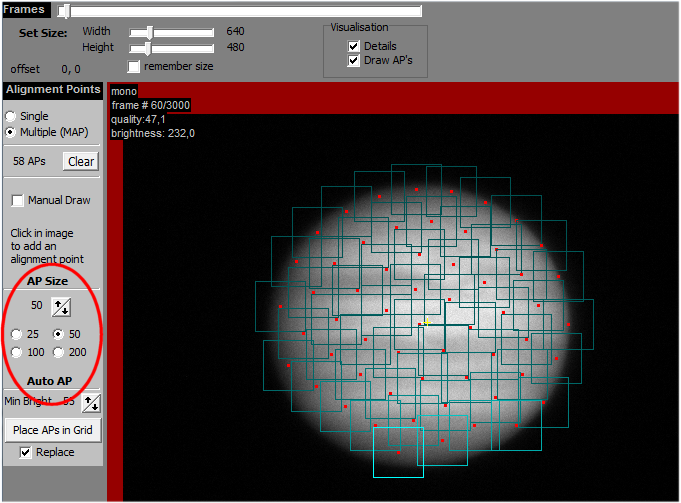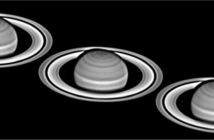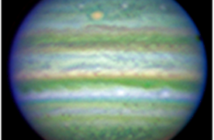Autostakkert!2 is currently one of the best processing software for planetary videos. This software realized by Emil Kraaikamp can work with multipoints alignments. I’m testing here different size of those APs to see if it does really matter..
The comparison is done on a Jupiter video taken with a luminance filter in 2012. This is a “raw” video of 50 seconds without any de-rotation by WinJupos. The only variable parameter is the size of alignment points (AP). The final stacked images use the same number of raw frames and the final processing is also identical.
On the right-side screenshot (click to see full size) you can see where are found the settings and the aspect of the video opened in AS!2.
.
.
.
25 pixels vs. 50
25 pixels is the smallest AP size available. 50 is the above “standard” size. The result is clear: the AP 50 gets you a finer image!
.
.
.
.
.
.
.
.
.
.
.
50 pixels vs. 100
Comparison is getting more subtle… the results are very close.
But above all, the best AP size does not look to be the same for every jovian domain! The equatorial and tropical regions (EZ, NEB+SEB) are sharper with an AP size of 50.
On the temperate domains (STB/NTB) it is almost a tie game yet the 50 still looks slightly better.
But on the high temperate and polar regions, the AP size 100 now delivers a better sharpness, particularily in the south hemisphere (SSTB to SPR)
This would deserve confirmation but I suspect that the level of contrast of details is responsible of that. Is the AP size 50 too small to get enough contrasted details to be aligned there ? The AP size 100 then would integrate enough landmarks in those low-contrast areas…
To the contrary, in central regions where the contrast is higher, the AP size 50 would do a better job in aligning small details…
100 vs. 200 ;)
With a size of 200 pixels the result is slightly blurred in comparison with 100.
.
.
.
.
.
..
.
.
.
.
.
.
.
A preliminary conclusion…
Results of such comparison tests will certainly vary with observing conditions, the sampling used, the object observed, the type of details observable and their level of contrast… but it’s worth testing. The differences are quite important….







